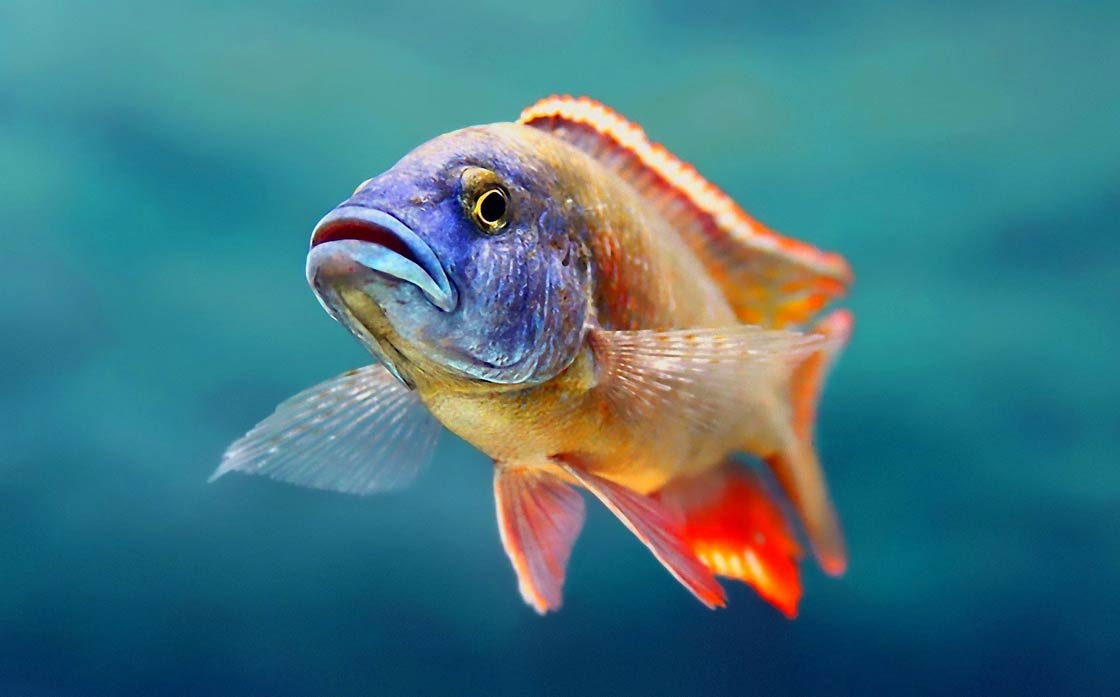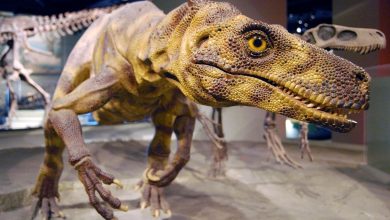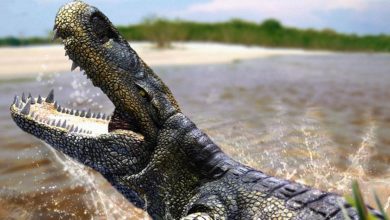How do fish sleep?
One of the most common misconceptions about fish is that they do not sleep. However, this is not true. Fish do sleep, although their sleep patterns and behaviors are quite different from those of humans and other land animals.
Fish have a sleep-like state called “paradoxical sleep,” which is also known as “REM sleep” in humans. During this state, fish show a decrease in activity and responsiveness, and their brain waves are similar to those seen in humans during REM sleep. Fish in paradoxical sleep also have a more flexible and relaxed body posture, with their fins and muscles appearing less tense.
Fish also have a sleep-like state called “non-REM sleep”, which is similar to the non-REM sleep of humans. During this state, fish show a decrease in activity and responsiveness, and their brain waves are similar to those seen in humans during non-REM sleep. Fish in non-REM sleep have a more rigid and upright body posture, with their fins and muscles appearing tenser.
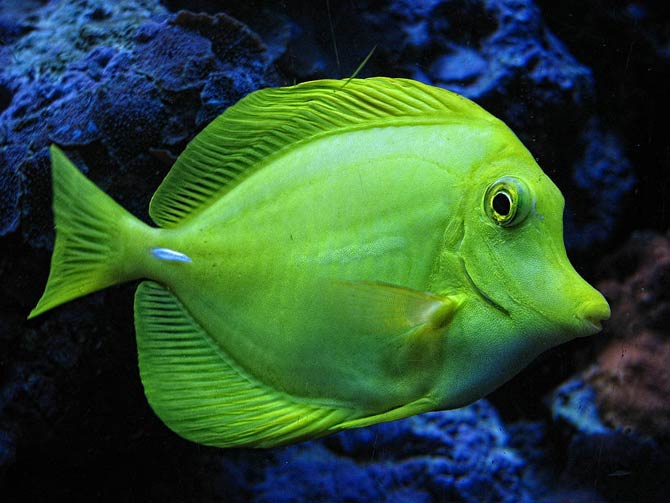
However, fish do not sleep in the same way that humans and other land animals do. For example, they do not have eyelids and do not close their eyes when they sleep. They also do not experience the same deep sleep that humans do, and they do not have periods of rapid eye movement (REM) sleep.
Another difference between fish sleep and human sleep is that fish do not have a dedicated sleep period. Instead, they sleep in short bursts throughout the day and night, and they are able to sleep while swimming or while resting on the bottom of a pond or river. This is because fish do not have the same need for sleep as humans do, and they can function with much less sleep.
Sleep patterns
Fish do sleep, but their sleep patterns and behaviors are quite different from those of humans and other land animals. Fish have a sleep-like state called paradoxical sleep and non-REM sleep, and they do not have the same deep sleep or rapid eye movement sleep as humans. They also do not have a dedicated sleep period and are able to sleep while swimming or resting.
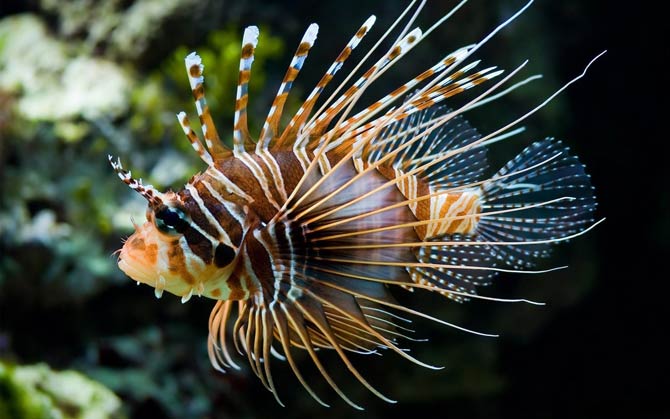
The differences between REM and non-REM sleep
There are several differences between rapid eye movement (REM) sleep and non-REM sleep:
- Brain activity: During REM sleep, the brain is highly active and exhibits patterns of activity similar to those seen during wakefulness. In contrast, during non-REM sleep, brain activity is slowed and more synchronized.
- Eye movements: As the name suggests, REM sleep is characterized by rapid eye movements, which are caused by the rapid movement of the eyes under the closed eyelids. In contrast, during non-REM sleep, the eyes are still and there is no rapid eye movement.
- Muscle tone: During REM sleep, muscle tone is greatly reduced, leading to temporary paralysis of the muscles. This prevents the body from acting out dreams. In contrast, during non-REM sleep, muscle tone is increased, allowing for normal movement.
- Heart rate and breathing: During REM sleep, heart rate and breathing become more irregular. In contrast, during non-REM sleep, these functions become more stable.
- Dreams: REM sleep is associated with dreaming, which is more vivid and intense compared to dreams during non-REM sleep.
- Stage of sleep: REM sleep is one of the stages of sleep, along with stages 1, 2, and 3 (which are all considered non-REM sleep). The stages of sleep progress in a cyclical pattern, with REM sleep occurring later in the sleep cycle.

How do fish sleep?
Fish sleep in a similar way to other animals, including humans. They experience periods of rest and reduced activity, which can be referred to as sleep. However, the way fish sleep is quite different from the way mammals sleep.
Fish do not have eyelids, so they cannot close their eyes when they sleep. Instead, they enter a state of rest called “quiescence,” in which they become less active and their movements become slower. Fish also tend to sleep near the surface of the water, where they are more vulnerable to predators, so they must remain somewhat alert and able to swim away if necessary.
Some fish, such as sharks, do not need to sleep in the same way that mammals do. They can swim constantly without becoming exhausted, and they do not appear to experience the same type of sleep as mammals. However, other fish do seem to experience periods of rest and reduced activity, and they may exhibit signs of sleep, such as slowed breathing and reduced responsiveness to stimuli.
While fish do experience periods of rest and reduced activity, their sleep patterns are quite different from those of mammals, and more research is needed to fully understand how fish sleep.
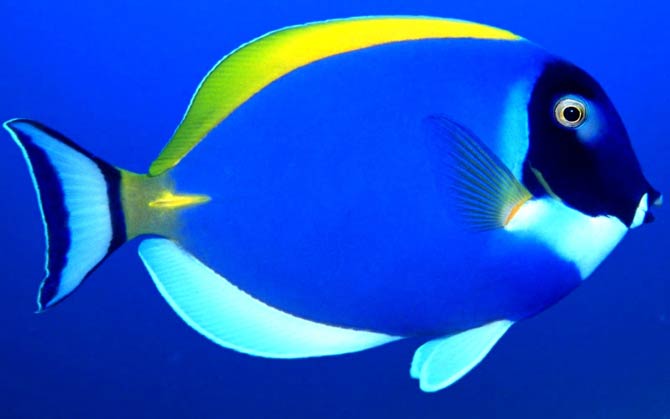
Are there any fish that have eyelids?
Fish do not have eyelids in the same way that mammals do. In mammals, eyelids are used to protect the eye and regulate the amount of light that enters the eye. Fish do not have the same need for eyelids because they live in water, where the amount of light is generally constant.
However, some fish do have a transparent or translucent membrane called a nictitating membrane, which covers and protects the eye. This membrane can be drawn across the eye to protect it from injury or to keep it moist. The nictitating membrane is not used for the same purpose as eyelids in mammals and does not serve the same function as eyelids in regulating light intake.
Fish do not have eyelids in the same way that mammals do, but some fish do have a nictitating membrane that can protect the eye and keep it moist.

Do fish dream dreams?
It is not known whether fish experience dreams in the same way that mammals do. Dreams in mammals are associated with the rapid eye movement (REM) stage of sleep, which is characterized by rapid eye movements and high brain activity. Fish do not experience the same stages of sleep as mammals and do not have rapid eye movements during sleep.
However, it is possible that fish may experience some form of mental activity during periods of rest and reduced activity, which could be referred to as dreaming. More research is needed to understand the sleep and dream patterns of fish and other non-mammalian animals.
In summary, it is not known whether fish experience dreams in the same way that mammals do, but it is possible that they may experience some form of mental activity during periods of rest and reduced activity.
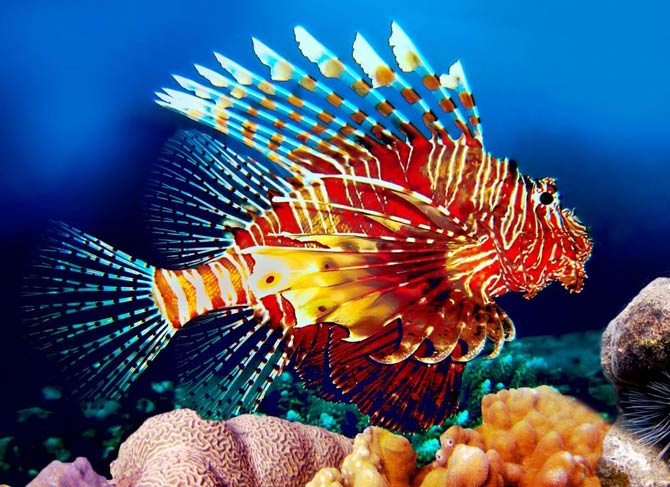
Interesting facts about fish sleep
- Fish experience periods of rest and reduced activity, which can be referred to as sleep.
- Fish do not have eyelids, so they cannot close their eyes when they sleep. Instead, they enter a state of rest called “quiescence,” in which they become less active and their movements become slower.
- Some fish, such as sharks, do not need to sleep in the same way that mammals do. They can swim constantly without becoming exhausted, and they do not appear to experience the same type of sleep as mammals.
- Fish do not experience the same stages of sleep as mammals. Instead, their sleep patterns are characterized by periods of quiescence, during which they become less active and their movements slow down.
- Fish do not dream in the same way that mammals do. Dreams in mammals are associated with the rapid eye movement (REM) stage of sleep, which does not occur in fish.
- Fish sleep patterns can vary depending on the species, the environment, and other factors. For example, fish that live in shallow, predator-infested waters may sleep with one eye open to remain alert and ready to swim away if necessary.
- Fish that live in schools or shoals may exhibit coordinated sleep patterns, with some members of the group sleeping while others remain vigilant to protect the group from predators.
- Some fish, such as zebrafish, have been used as model organisms to study sleep and other neurological processes.
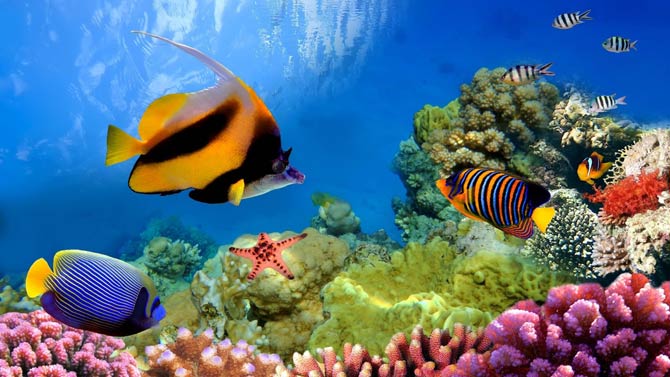
Recommended
- The fastest animals
- The fastest fish
- Sharks – myths and facts
- Sharks – killers from the depths
- Great white shark
- Megalodon
- Whale shark – largest fish
- Basking shark – the second-largest fish
- Greenland shark
- Hammerhead shark
- Tiger shark

